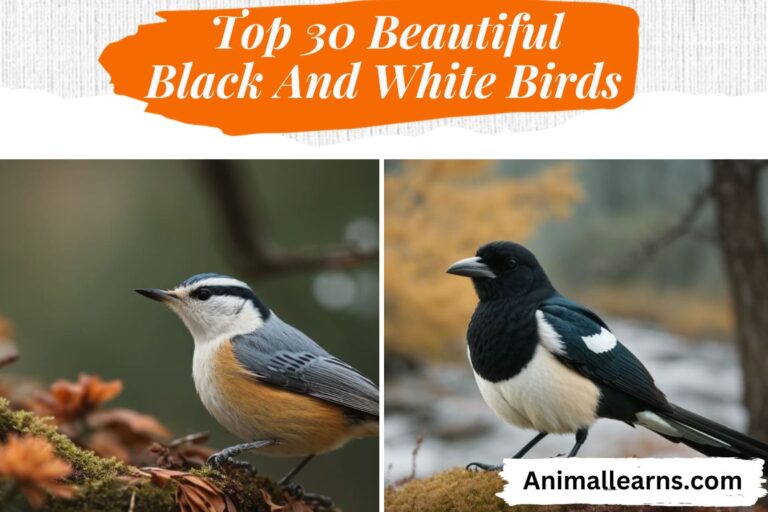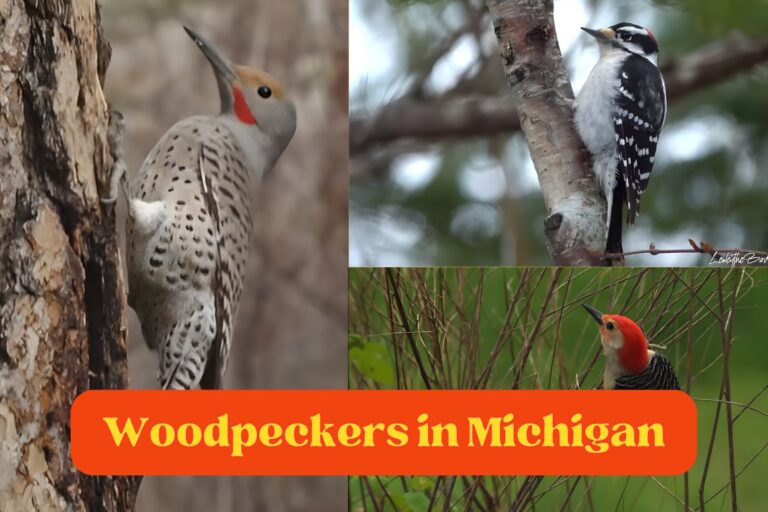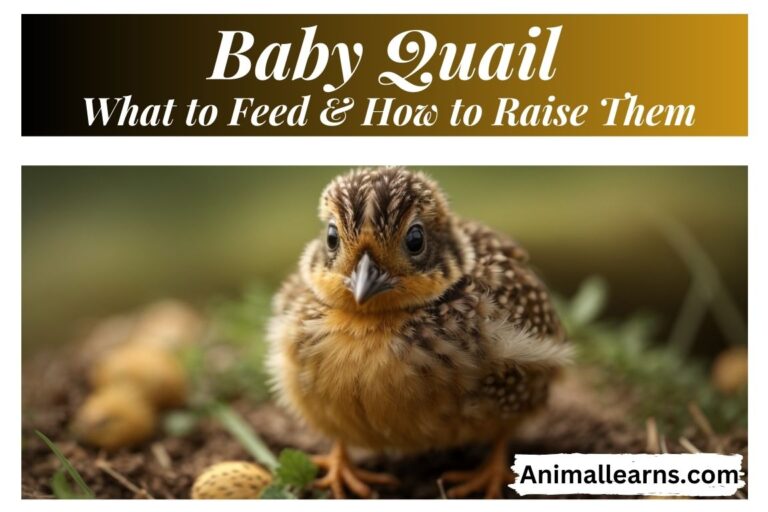Baby Geese: Exploring the Life of Darling Goslings
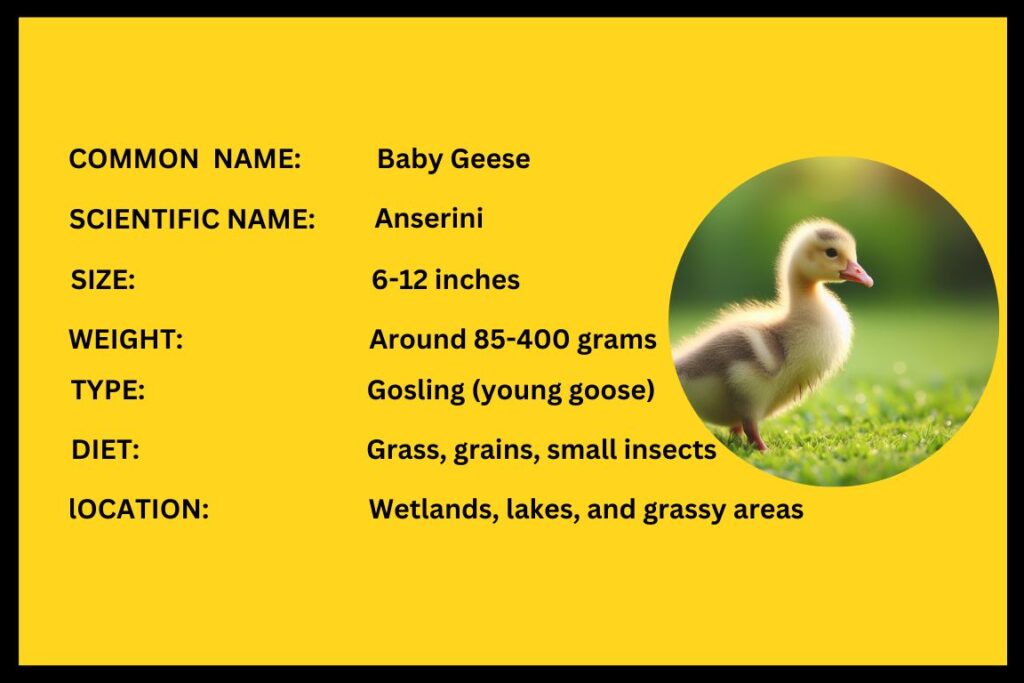
A world full of fluffy feathers, adorable honks, and heartwarming familial bonds awaits you in the world of baby geese. With a soft, yellow plumage, these adorable goslings captivate naturalists and casual observers alike.
As soon as they hatch, they exhibit fascinating characteristics such as an egg tooth, independent eating habits, and speedy swimming ability. Their journey is a testament to nature’s wonders.
Additionally, baby geese, or goslings, are known for their rapid growth as well as their strong social instincts, imprinting on their protective and attentive parents and forming tight-knit “gang broods.”
The fluffy goslings and baby crows enchant with their endearing innocence, embodying the beauty of diverse avian families in nature.
It is a wonderful opportunity to gain a deeper understanding of baby geese and their characteristics, behaviors, and joyous responsibilities associated with caring for them.
Physical Characteristics of Baby Geese
Contents
- 1 Physical Characteristics of Baby Geese
- 2 Behavioural Traits and Social Aspects
- 3 Types of Baby Geese
- 4 What Do Gosling Eat?
- 5 Do Both Parents Feed Gosling?
- 6 How to Feed Baby Geese
- 7 Number of Babies per Goose
- 8 How Long Do Baby Geese Stay with Their Parents?
- 9 Why Are Gosling Yellow?
- 10 How Big Are Baby Geeses?
- 11 How Much Does Gosling Weigh?
- 12 What Do You Call A Baby Goose?
- 13 When Do Geese Lay Eggs?
- 14 FAQs
Soft and Yellow Feathers

In addition to their soft feathers, baby geese, also known as goslings, have a charming yellow hue that makes them endearing to look at. Their down is not only remarkably plush but also exhibits a charming yellow hue, which contributes to their adorable appearance.
During their vulnerable early years, their feathers provide both protection and insulation, ensuring their health and well-being.
Presence of Egg Tooth
It is interesting to note that they have egg teeth on the top of their beaks, which help them hatch. These small protuberances help them break through the shell, ensuring a successful emergence into the world.
The egg tooth is a temporary structure on the top of the gosling’s beak, which aids in the hatching process. The egg tooth, although it disappears shortly after hatching, plays a crucial role during the first few weeks of a gosling’s life.
Size and Weight
These grow quickly despite their initial small size. At hatching, they typically weigh about 3 to 4 ounces (85 to 113 grams). Their size can vary slightly according to the breed.
In spite of their rapid growth rate and insatiable appetite, their insatiable appetite ensures that they quickly outgrow their initial dimensions, becoming robust and active in their infancy.
What Does a Baby Goose Look Like?

A baby goose, or gosling, exhibits a distinctive appearance. They have downy feathers that are yellow and soft, and their small bodies are adorned with endearing features like a round belly and short neck.
As goslings begin their lives, they tend to have a charming innocence that makes them an absolute delight to observe.
Baby Goose vs Baby Duck
Although baby goose and ducks share some similarities, they have noticeable differences in appearance. Compared to ducks, baby goose, or goslings, often have longer necks and legs.
They may also have stubbier, robust bills. The unique characteristics of each species make them appealing to enthusiasts, and they allow them to differentiate between adorable ducks and gosling more easily.
Behavioural Traits and Social Aspects
Independent Eating Habits
Unlike some other young animals, goslings are able to feed themselves from an early age, which makes them very independent eaters. In the process of development, this independence plays an important role in preparing them for adulthood’s challenges.
Quick Growth and Development
They grow and develop rapidly, which is one of the most fascinating aspects of them. When they are young, slings experience a remarkable growth spurt, both in terms of size and feather development. They need this rapid transition to adapt to their surroundings and survive in the wild.
Swimming Abilities within 24 Hours
The natural ability of gosling to swim within 24 hours of hatching is one of the most remarkable characteristics of. Developing swimming skills quickly is crucial for their safety and survival. This instinctual behavior proves their adaptability and readiness to navigate water environments.
Attentive and Protective Parents

Parents of gosling are attentive and protective. Adult geese are famous for keeping a watchful eye on their goslings. In addition to feeding their children, parents ensure their safety and well-being in various environments by engaging in parental behaviors that go beyond feeding.
Formation of “Gang Broods”
Groups of young geese stick together for companionship and protection known as “gang broods.” These are social behaviors in which goslings form “gang broods.” In vulnerable stages of their development, strength in numbers adds an additional layer of security.
Imprinting and Family Bonding
Gosling forms strong bonds with their parents through an imprinting process. They establish such a bond early in life, which is crucial to their social and emotional development. As a result of imprinting, goslings stay close to their parents for protection and guidance.
Social Nature of Goslings
It is natural for goslings to be social animals. They thrive in the company of their peers and family. They gain valuable survival skills through observation and interaction with other members of their flock as a result of this social nature, not only contributing to their overall well-being.
Types of Baby Geese
The Egyptian goose (Alopochen aegyptiaca) is actually a shelduck, but many birds called “geese” are not really geese at all. Among the waterbird species in the family Anatidae, geese are classified into two groups.
The first, Branta, consists of the black geese, while the second, Anser, consists of gray geese and white geese. Geese are widely found throughout the globe and help to control insect populations.
What Do Gosling Eat?

During their rapid growth and development, goslings, known as goslings, consume a diet high in nutrients. They mainly consume grains, seeds, and aquatic vegetation as part of their diet.
To ensure their health and well-being, it is imperative to provide them with a balanced and nutritious diet. Insects, small invertebrates, and tender grasses are also known to be foraged by goslings.
Do Both Parents Feed Gosling?
Do both parents feed gosling? It is common for both parents to actively participate in feeding and caring for their goslings, which allows them to receive adequate nourishment and protection.
Shared responsibility also includes guiding the goslings toward suitable feeding areas and keeping a close eye on them. In their vulnerable early stages, this collaborative parenting approach increases their chances of survival.
How to Feed Baby Geese
A waterfowl starter feed or crumble is readily available, and it is designed to mimic the diet of baby goose as closely as possible. To prevent overconsumption, feed goslings in small, frequent amounts. Make sure they have access to clean, fresh water at all times.
Finely chopped greens, such as spinach or kale, should also be introduced gradually. Veterinary veterinarians or avian specialists should be consulted on feeding regimens for goslings based on their specific needs.
Number of Babies per Goose
Swans typically lay five eggs in a clutch, but Greylag and Canada geese have been reported to lay up to 12 eggs. The number of chicks in a goose brood can range from 5 to 10, although two broods may merge occasionally to create a large flock of 15 birds. Also, it is rare to see mixed flocks of goslings that include members of two or more species or subspecies.
How Long Do Baby Geese Stay with Their Parents?

It depends on the species how long gosling stay with their parents. However, generally, goslings remain with their parents for an extended period of time, often several weeks to a few months.
A strong family structure is observed in many goose species as a result of the bond formed during this period during which parents teach essential survival skills such as feeding and social interaction.
Why Are Gosling Yellow?
gosling are yellow for a reason. They are born with a downy, soft covering that not only makes them adorable but also makes them more buoyant when swimming.
In addition to providing a form of camouflage against potential predators, the yellow down helps them blend in with their natural surroundings, such as grassy areas and marshes filled with reeds. The feathers of mature geese transition into their species’ characteristic colors as they grow.
How Big Are Baby Geeses?
When goslings hatch, they typically measure 6 to 9 inches in length or goslings. Depending on the goose breed, goslings may vary slightly in size, but in general, they are small and fluffy and have a charming cuteness that makes them so popular.
How Much Does Gosling Weigh?
A study showed that Canada geese babies weighed up to 103 grams. Another study found that Greylag geese babies weighed around 113 grams. Lesser White-Fronted geese babies weighed around 66 grams.
Compared to ducklings (of Mallards), goslings weigh around 30-40 grams, but they are lighter than cygnets that can weigh up to 250 grams.
What Do You Call A Baby Goose?
Any young goose is called a gosling regardless of its breed. Baby goose are called “goslings.” This term applies to any young goose. In addition to their adorable appearance and distinctive yellow color, goslings are famous for their soft downy feathers that draw people in.
When Do Geese Lay Eggs?
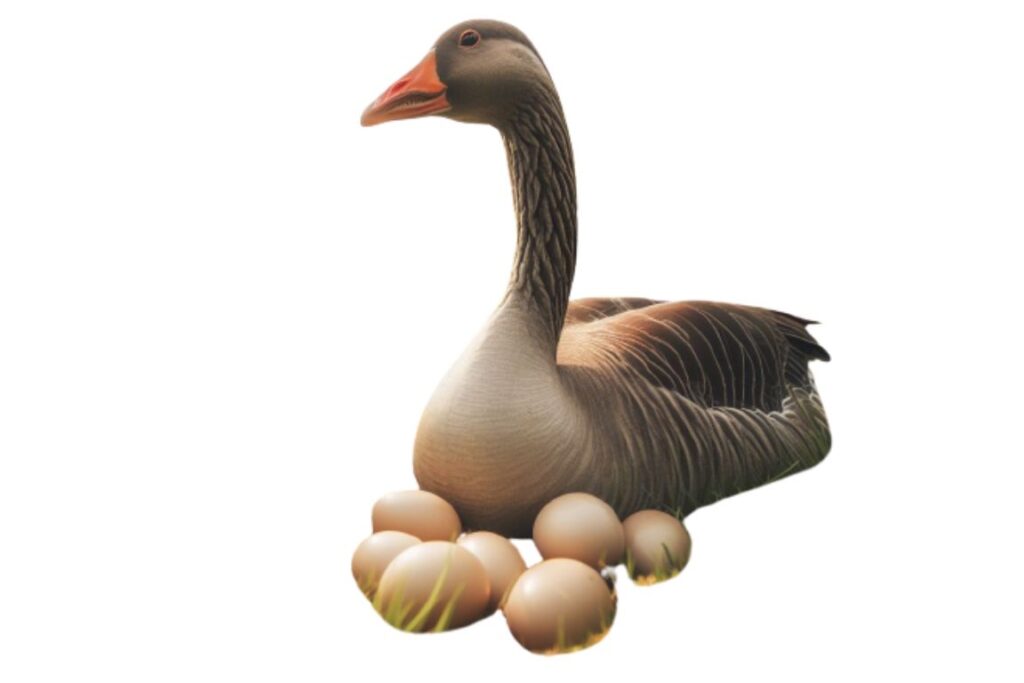
Depending on factors such as their geographic location and species, geese usually begin laying eggs during the spring season. In northern regions, geese typically lay eggs in March or April, whereas those in more southern parts may lay eggs as early as February.
Increased daylight hours signal the onset of warmer weather and abundant food resources, which trigger the process.
Goose females, known as “gooses,” meticulously select nesting sites and lay clutches of eggs ranging in size from four to ten eggs.
Approximately 28 to 30 days are needed for these eggs to hatch, after which adorable baby geese emerge, marking the beginning of adult geese parenting.
FAQs
How long do gosling stay with their parents?
They typically stay with their parents for the entire summer and sometimes into the fall. The duration varies, but it’s crucial for their development and learning essential survival skills.
What do baby goose eat?
Goslings have a diverse diet that includes grass, small insects, and aquatic plants. A balanced diet is crucial for their rapid growth and development.
How quickly do baby goose grow?
Gosling experience rapid growth, often doubling in size within the first two weeks of their lives. This accelerated growth is essential for their ability to fend for themselves and survive in the wild.
Do both parents feed gosling?
Yes, both the male (gander) and female (goose) actively participate in feeding and caring for their offspring. This joint effort contributes to the goslings’ well-being and ensures they receive adequate nourishment.
How soon can baby goose swim?
Remarkably, gosling can swim within the first 24 hours of hatching. This early swimming ability is an instinctive behavior that aids in their survival, especially when their nesting site is near water.








